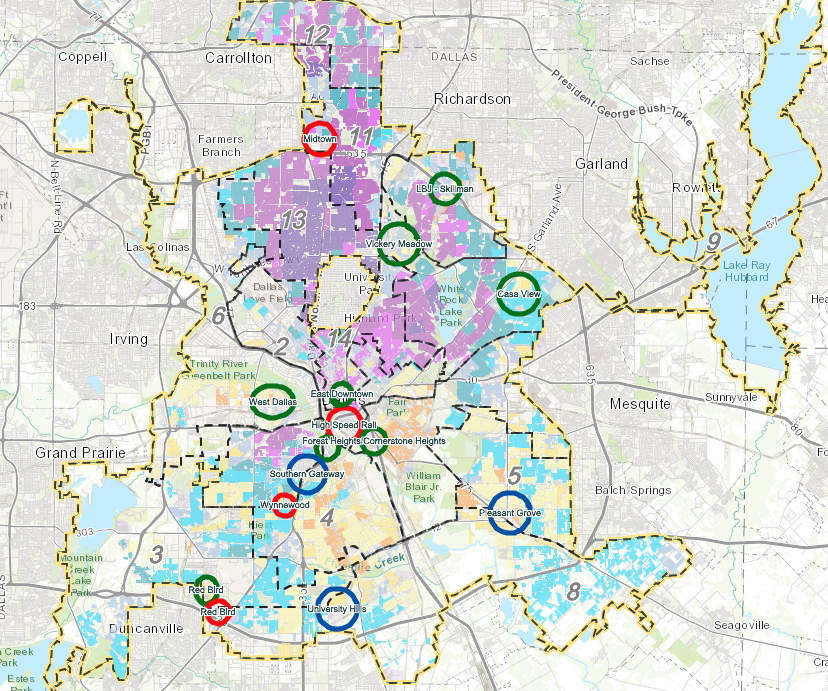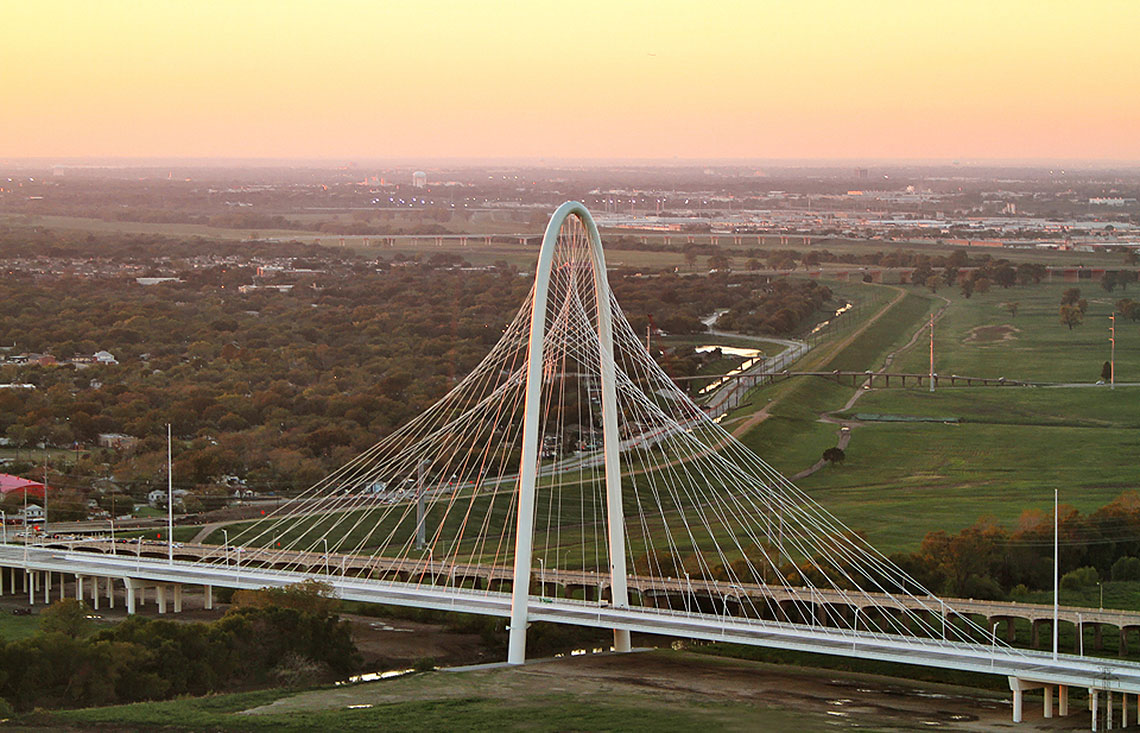Next week the City Council will vote on whether to adopt Dallas’ first ever comprehensive housing policy, a long time coming and needed more than ever as all the things a good policy could help fix—income inequality, racial and economic segregation, ugly new luxury apartment buildings forcing out low-income residents—continue to get worse.
There’s a lot to the policy, a draft of which you can peruse yourself. Generally speaking, it’s a framework, supported by the kind of objective market analysis the city has too often neglected in the past, that will help guide public investment to create more affordable housing. It’s also a set of rules the city can use to incentivize, through tax credits or zoning or any of the other tools at its disposal, to force developers and landowners to play ball.
Citywide plans in the policy include tenant-based rental assistance, home improvement and rehabilitation initiatives, a sublease program for housing vouchers, programs for economic development (that comprehensive policy is supposed to come later this year, along with a transportation plan), and the use of bond funds to fix infrastructure and build housing while adding parks and libraries, “anchors” for further development.
But to make up what officials say is a shortage of 20,000 housing units, the city will also focus specifically on what it’s calling “reinvestment zones,” neighborhoods due for particular attention from the city and a mix of private and public funding. These reinvestment zones, mapped below, are broken down into three categories:
- Redevelopment areas, marked on the map by red circles, are where a project that could serve as a spur for further development, such as the Red Bird mall revitalization, is already set to begin “within the next 12 months.” Those projects, per the housing policy, must be incentivized to contain mixed-income housing.
- A stabilization area (green circle) indicates a neighborhood where redevelopment threatens to displace the lower-income residents who are already there. Hence the green circle near the Margaret Hunt Hill Bridge in West Dallas, the most visible example of the city’s affordable housing crisis and local discussions of gentrification. The housing policy says these areas should be zoned to encourage increased density, and to include more “accessory dwelling units,” such as garage apartments.
- Emerging market area (blue circle) refers to a place that needs a lot of work, including “intensive environmental enhancements, public infrastructure assessments and corrective plans, code enforcement, code lien foreclosure, nuisance property abatement, establishment of a crime watch or crime reduction strategies, and neighborhood resource development.” You’ll find blue circles near UNT Dallas and around the Southern Gateway, where work has begun on a $666 million highway rebuild, complete with a deck park.

A housing policy is just one step toward fixing some of what ails Dallas. We mentioned above the work to be done on similarly comprehensive plans for economic development and transportation. Dallas’ recent past is littered, as Councilman Philip Kingston pointed out at a briefing today, with failed neighborhood revitalization initiatives like Housing Plus and Neighborhood Plus.
Where this differs is in its scope (it’s not called “comprehensive” for nothing) and its management, under a very different City Hall regime than we’ve seen in the past. It’s encouraging to see the name Richard Florida, the urban studies guru who has written extensively about segregation and inequality in cities and met with the City Council earlier this year, in a briefing by Raquel Favela, the city’s chief of economic development and neighborhood resources. It’s even more encouraging just to hear Favela say things like “density bonus.”
The problem is pretty easy to sum up—many people in Dallas are running out of neighborhoods where they can afford to happily live. The solution is more complicated. At least now, the city will have a plan.





